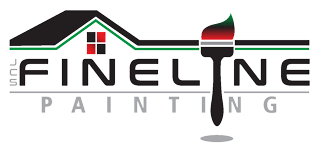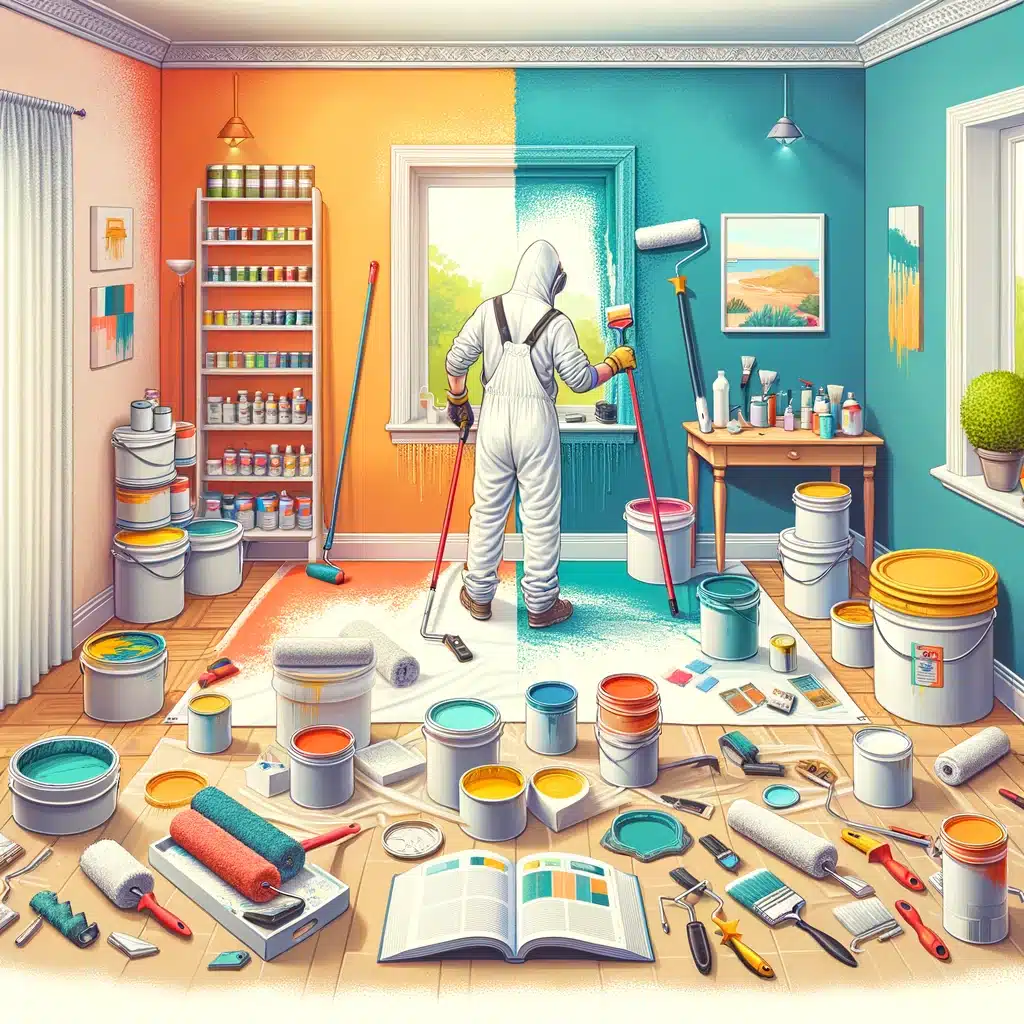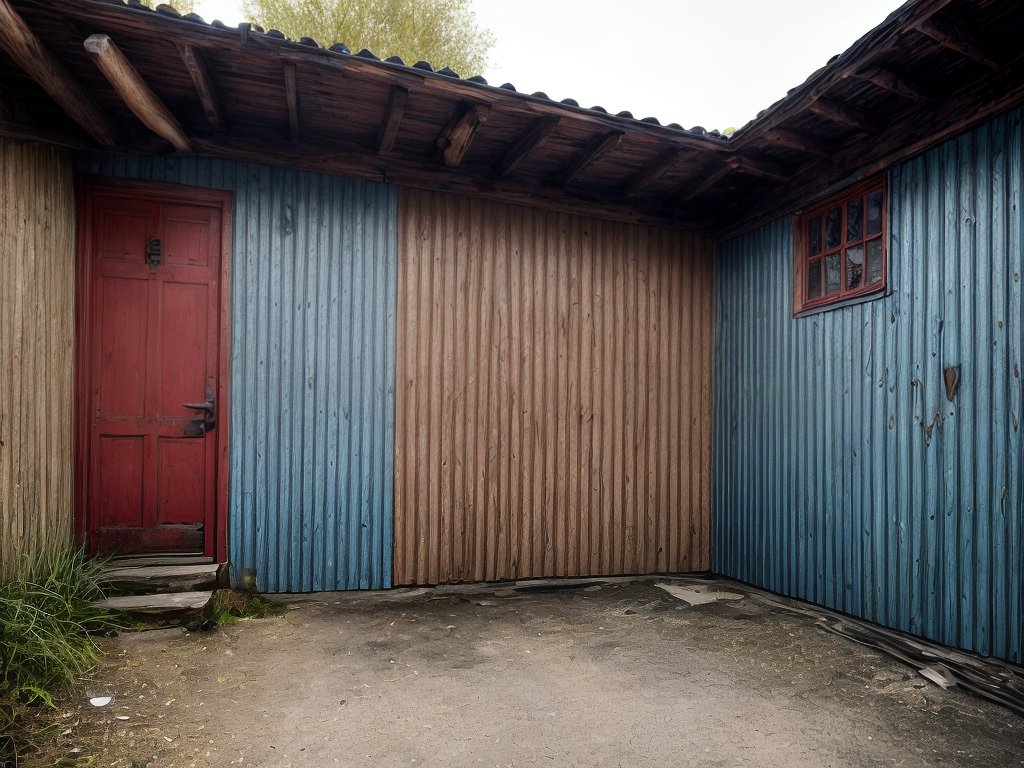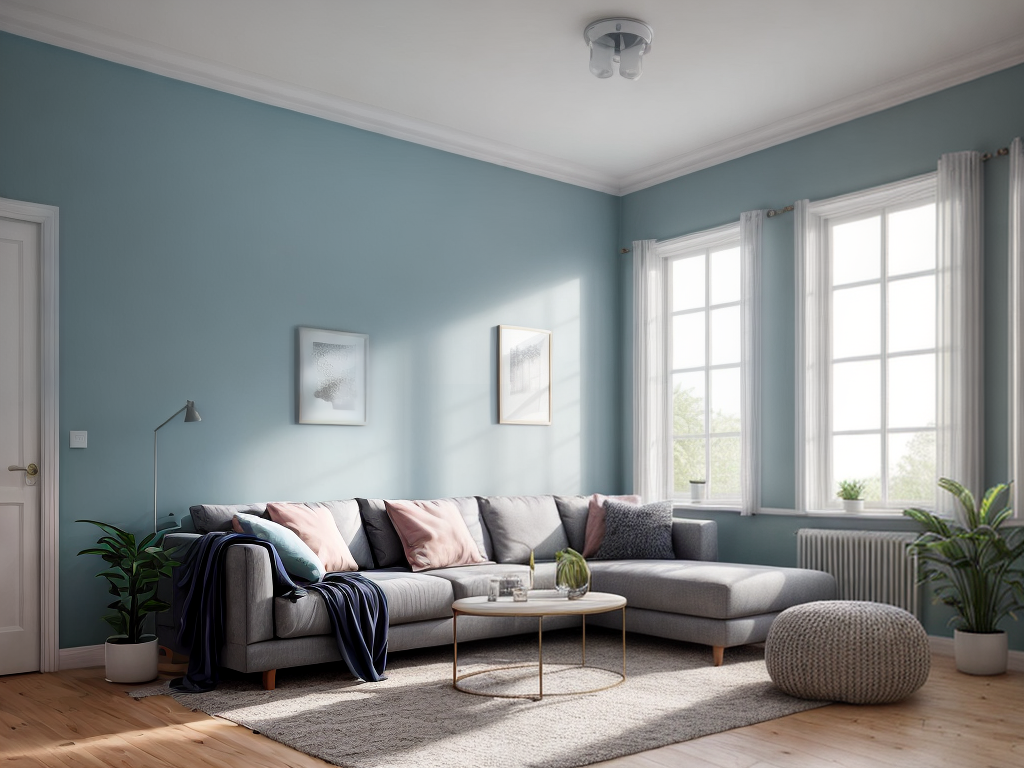As a homeowner, I’ve come to realize that maintaining painted surfaces goes beyond just walls. It’s like tending to a lush garden, where wood, metal, and other surfaces are the blooming flowers that need care. From preparing the surface to choosing the right paint, this guide will help you navigate the world of painted surfaces. We’ll explore the importance of proper application, protecting and sealing the paint, and cleaning and maintenance tips. And for those faded surfaces that have lost their luster, we’ll delve into ways to revive and restore them to their former glory. So, grab your paintbrush, and let’s embark on this journey of maintaining painted surfaces beyond walls.
Preparing the Surface
Before painting any surface, it is essential to thoroughly clean and prepare it to ensure optimal adhesion and longevity of the paint. This involves using proper sanding techniques and following a priming process. Sanding is crucial for creating a smooth and even surface for the paint to adhere to. It helps remove any rough patches, imperfections, or previous layers of paint. I usually start with a coarse grit sandpaper to tackle any stubborn areas and then switch to a finer grit for a smoother finish. After sanding, it is important to prime the surface before applying the paint. Priming creates a strong bond between the surface and the paint, enhances color vibrancy, and improves paint durability. It also helps to prevent stains, moisture damage, and peeling. Making sure to sand and prime the surface properly will ensure a professional-looking and long-lasting paint job.
Choosing the Right Paint
When it comes to choosing the right paint for surfaces beyond walls, there are a few important points to consider. Firstly, durability is key. Look for paints that are specifically designed for wood or metal surfaces, as they will provide better protection and longevity. Secondly, proper surface preparation is essential for a successful paint job. Make sure to clean, sand, and prime the surface before applying the paint to ensure optimal adhesion and a smooth finish.
Durable Paint Options
In the article, I will discuss the various durable paint options available for maintaining painted surfaces beyond walls. When it comes to long-lasting finishes and weather resistance, there are a few paint options that stand out. One of the most popular choices is acrylic paint. Acrylic paint is known for its durability and ability to resist fading and cracking, making it a great option for outdoor surfaces like fences and decks. Another durable paint option is epoxy paint. Epoxy paint is extremely resistant to chemicals, moisture, and UV rays, making it ideal for surfaces exposed to harsh weather conditions. Lastly, polyurethane paint is another great choice for durability. It forms a tough protective layer that can withstand heavy use and harsh weather. When choosing paint for surfaces beyond walls, considering these durable options can help ensure a long-lasting and weather-resistant finish.
Surface Preparation Tips
To ensure a successful paint job, it is essential to carefully consider the surface preparation tips and choose the right paint for your project. Before applying any paint, proper surface cleaning is crucial to ensure good paint adhesion. Start by removing any dirt, dust, grease, or loose paint from the surface. Use a mild detergent and water solution to wash the surface, and then rinse it thoroughly. For stubborn stains or grease, you may need to use a stronger cleaner or a degreaser. After cleaning, allow the surface to dry completely before applying the paint. Choosing the right paint is equally important. Consider factors like the type of surface you’re painting, the desired finish, and any specific requirements such as durability or weather resistance. Select a paint that is specifically formulated for the surface and conditions it will be exposed to. By following these surface preparation tips and choosing the right paint, you can ensure a long-lasting and professional-looking paint job.
Applying the Paint
I frequently apply paint to various surfaces, using my expertise to ensure a smooth and even finish. When it comes to paint application techniques, there are a few key factors to consider. First, it’s important to choose the right type of brush or roller for the job. For smaller areas or intricate details, a brush with fine bristles is ideal, while a roller is more efficient for larger surfaces. Additionally, I always make sure to apply the paint in thin, even coats, using long, smooth strokes to avoid streaks and drips. Another crucial aspect to consider is paint drying time. It’s essential to follow the manufacturer’s instructions and allow sufficient drying time between coats. Rushing this process can result in a compromised finish and may require additional touch-ups later on. Taking the time to apply the paint properly and allowing for adequate drying time ensures a professional-looking result.
Protecting and Sealing the Painted Surface
When it comes to protecting and sealing a painted surface, there are two important points to consider. First, proper cleaning techniques are crucial to remove any dirt, grime, or grease that could compromise the integrity of the paint. Second, choosing the right sealant is essential to ensure long-lasting protection against moisture, UV rays, and other environmental factors. By following these two points, you can effectively maintain and extend the life of your painted surfaces.
Proper Cleaning Techniques
For maintaining painted surfaces beyond walls, I regularly clean and protect the surface using proper cleaning techniques. To ensure surface protection, it is essential to use the right products for cleaning. When it comes to cleaning painted surfaces, I recommend using mild soap or detergent mixed with warm water. Avoid using harsh chemicals or abrasive cleaners as they can damage the paint. Instead, opt for gentle cleaning solutions that are specifically designed for painted surfaces. Additionally, using a soft cloth or sponge is preferable to prevent scratching the paint. After cleaning, it is essential to seal the painted surface to enhance its longevity. Applying a clear coat or wax can provide an extra layer of protection, shielding the paint from environmental factors such as UV rays and moisture. Regularly cleaning and sealing the painted surface will help maintain its appearance and extend its lifespan.
Choosing the Right Sealant
To ensure the longevity and protection of the painted surface, it is crucial to select the appropriate sealant for its specific needs. Applying sealant is an essential step in maintaining a painted surface and preventing damage from environmental factors such as moisture, UV rays, and temperature changes. When choosing a sealant, it is important to consider the type of surface and the conditions it will be exposed to. For example, for wood surfaces, a clear, waterproof sealant is recommended to protect against water damage. On the other hand, for metal surfaces, a sealant that provides corrosion resistance is preferable. Proper sealant application is also vital for achieving optimal results. It is important to follow the manufacturer’s instructions and apply the sealant evenly and at the recommended thickness. This will ensure that the painted surface is adequately protected and can withstand the test of time.
Cleaning and Maintenance Tips
I regularly clean and maintain painted surfaces using a gentle cleaner and a soft cloth. Surface protection is essential to ensure the longevity and appearance of the paint. To protect the painted surfaces, I make sure to use coasters, trivets, or placemats to prevent any spills or stains. If any stains do occur, I promptly attend to them to prevent them from setting in. For removing stains, I use a mild soap or detergent mixed with warm water and gently scrub the affected area with a soft cloth or sponge. I avoid using abrasive cleaners or scrub brushes as they can damage the paint. Regular cleaning and prompt stain removal help maintain the beauty and durability of painted surfaces.
Reviving and Restoring Faded Surfaces
To bring faded surfaces back to life, I rejuvenate the paint using a combination of restoration techniques and high-quality products. Surface restoration is essential to maintain the appearance and longevity of painted surfaces. Over time, exposure to sunlight, moisture, and other environmental factors can cause paint to fade and lose its original color vibrancy. To combat this, I start by thoroughly cleaning the surface to remove dirt, grime, and any loose paint. Next, I carefully assess the extent of color restoration needed. For minor fading, I apply a color-enhancing product that helps bring back the original hue. In cases of significant color loss, I opt for repainting the surface to achieve a fresh and vibrant look. By employing these techniques, I can revive and restore faded surfaces effectively.
Conclusion
In conclusion, maintaining painted surfaces beyond walls requires proper preparation, the right choice of paint, careful application, and protective sealing. Regular cleaning and maintenance are essential for keeping the surfaces looking fresh and vibrant. Remember, a stitch in time saves nine, so address any damages or fading promptly to avoid more extensive repairs. With a little effort and attention, your wood, metal, and other surfaces will continue to shine like new for years to come.




